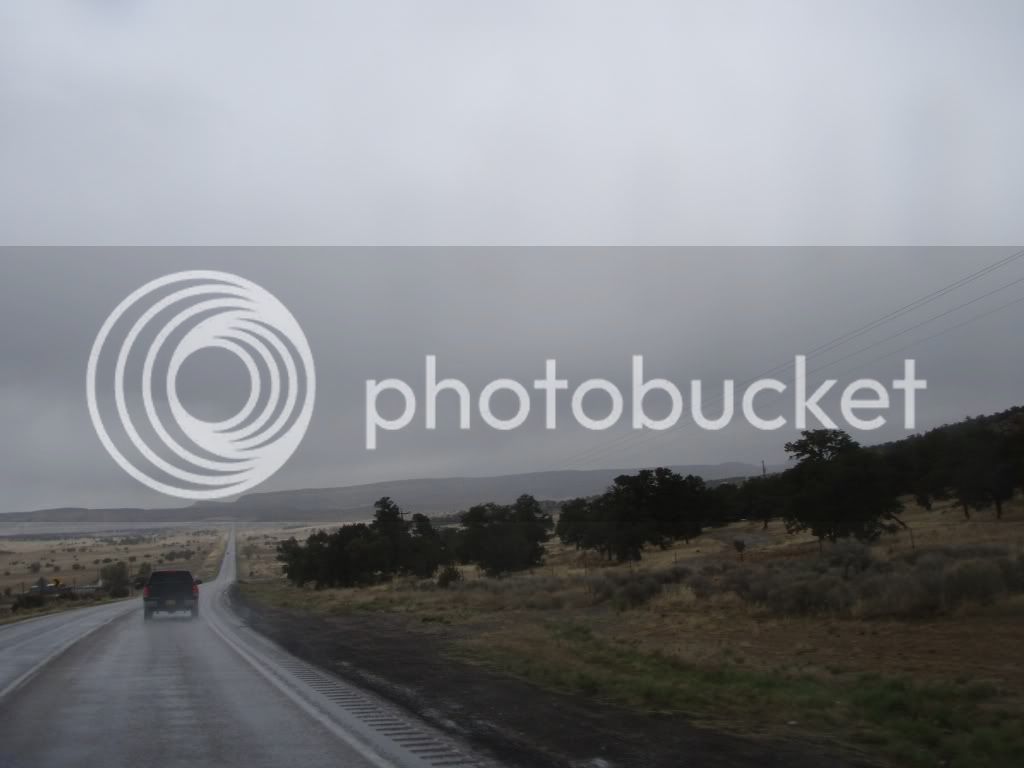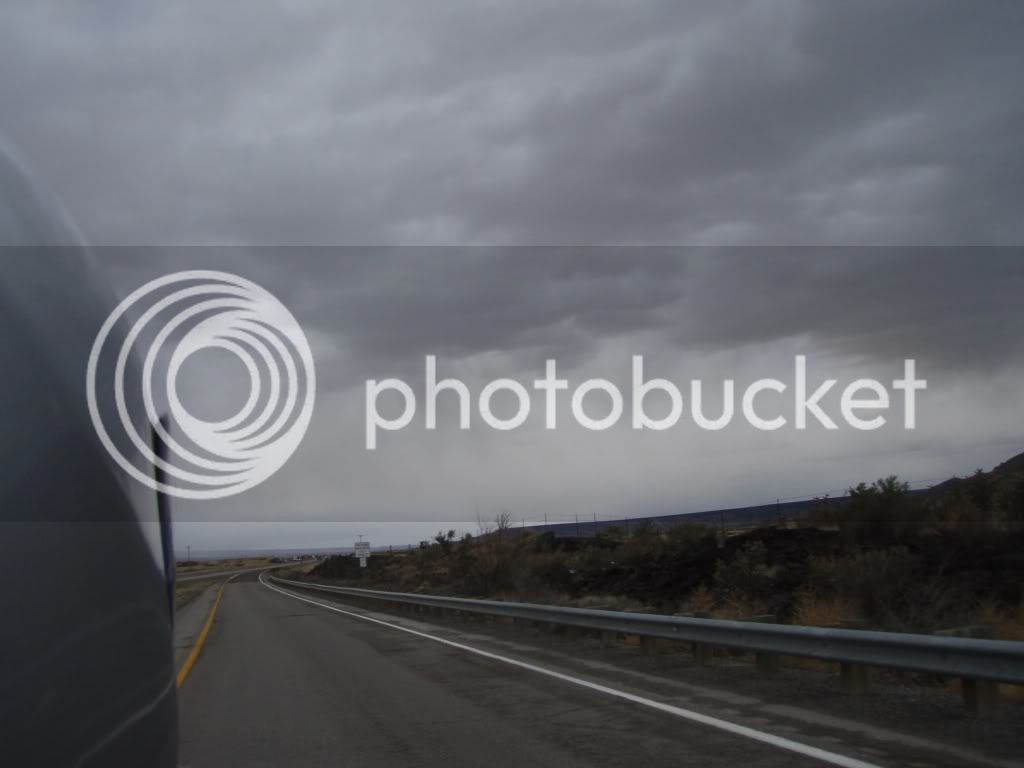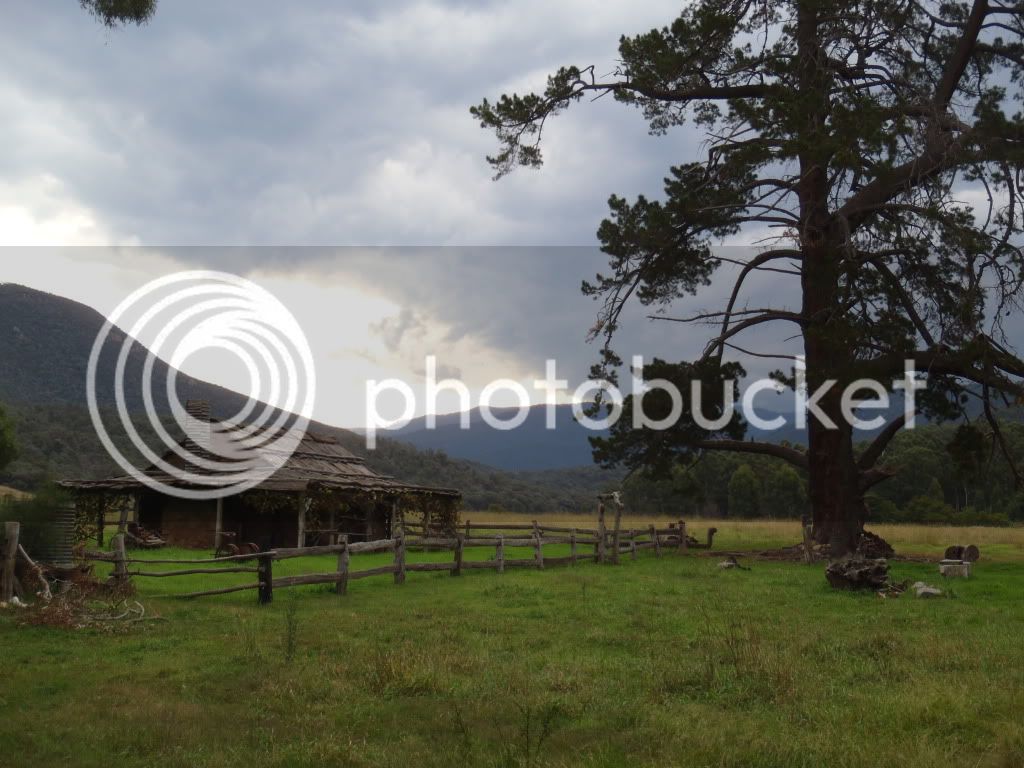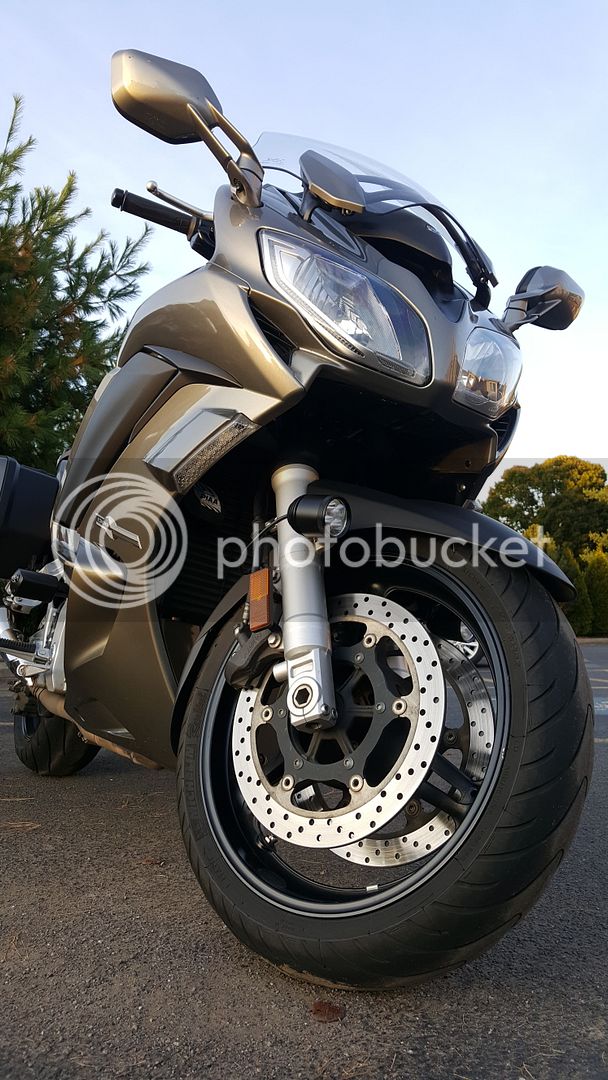ionbeam
2 FUN
That is where Fred and I have an advantage, we usually have a fully automated camera system on-board. Our camera systems select all the best scenes with the ability to automatically choose right, left and front views and then selects the correct scene formatting without our having to intervene in the process. This leaves us free to ride and navigate while getting all the splendiferous memories preserved along the way....as others have said, riding along in the rain and trying to take pictures while maneuvering my 600+ pound motorcycle at speed are things I'm probably not going to try simultaneously.
Last edited by a moderator:

























































